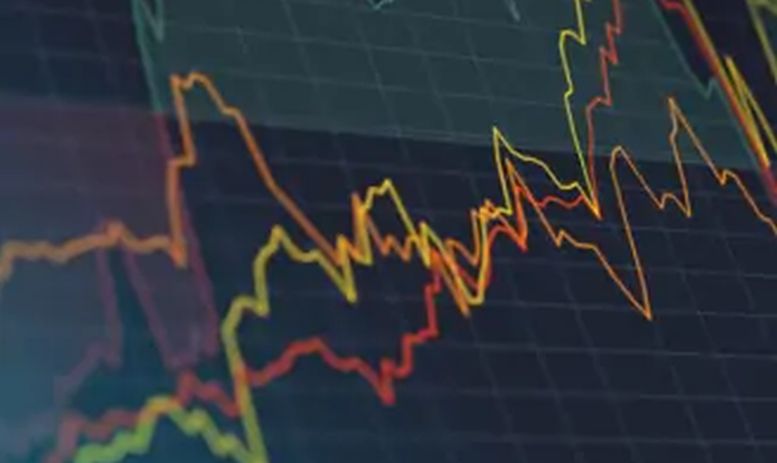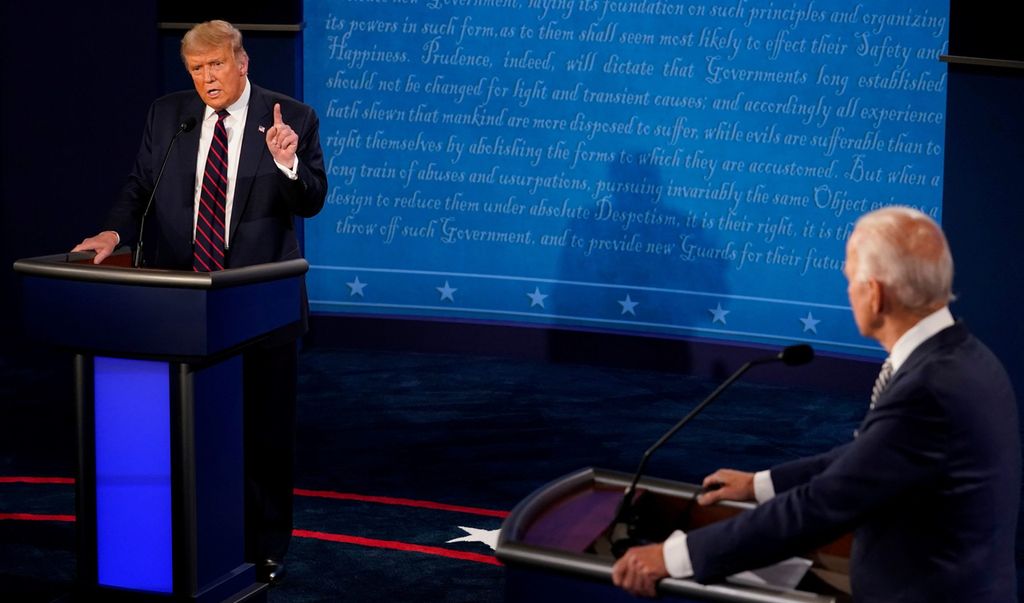Shockwaves sent through world capitalism
The punitive tariffs announced by President-elect Donald Trump, 25 percent on all steel and aluminum imports along the paused tariffs against Canada and Mexico and the new tariffs on Chinese goods are a dramatic escalation of the global trade war. It is clear that the Trump administration is increasingly prepared to use tariffs and other punitive measures such as halting aid to impose its demands on other countries and even to expand its territory.
The 10% tariffs against China that Trump is now imposing are in addition to the 25% tariffs that already cover a large part of US trade with China.
“Sooner or later we’re going to put trade tariffs on computer chips, on oil and on gas, and some of those could be imposed as early as February 18th,” Trump said last January, specifically singling out the EU as the next target.
“Will I impose tariffs on the European Union? Absolutely, absolutely. The European Union has treated us so terribly” (Swedish news agency T, January 31).
Trump’s punitive tariffs will be followed by countermeasures. According to CNBC news on February 4, the Chinese dictatorship will respond with tariffs of up to 15% on selected goods. This is a limited response covering at most around $20 billion of China’s annual imports from the US, about 12% of the total.
Shockwaves
The fear that the trade war is going to escalate has sent shockwaves through world capitalism, which even before Trump’s new tariffs was weighed down by protectionism, debt mountains and imbalances, as well as weak growth and grotesque class inequalities. Or as the UN wrote in its latest forecast on the world economy, dated January 9: “Global economic growth, constrained by weak investment, sluggish productivity growth and high debt levels, is expected to be the same as in 2024 — 2.8% — and thus still below the average of the years before the pandemic”.
The punitive tariffs could also have a severe impact on US households in a situation where the world economy is becoming increasingly dependent on increased consumption in the United States.
“Trump’s decision will hit the average American household for just over SEK 1,000 [close to 100 US dollars] per month in reduced purchasing power,” wrote Dagens Nyheter on 3 February, commenting on the announcement of tariffs on goods from the United States’ three largest trading partners — Canada, China and Mexico — which would have cut an estimated 0.4 percent off US economic growth this year.
The expanded trade war, embedded in the current situation, tends to reinforce tendencies towards stagnation in the world economy, and at the same time threatens to reignite inflation. A new crisis could follow.
“For the world, Trump’s opening gambit on trade means a series of countries will be forced into bruising negotiations over everything from trade deficits and currency policy to immigration and even America’s new desire for territorial expansion. Financial markets could be shaken and the global economy may suffer. The hardest-hit economies will be Mexico and Canada, given their heavy reliance on the US economy, with both facing outright recessions if Trump maintains the 25 percent tariffs, economists said. The damage will be compounded by the fact that less than six years ago, those countries signed a new trade agreement with Trump in the hope that it would stabilise relations with the US”, wrote the Financial Times in a comment on 3 February.
“These tariffs herald a new era of US trade protectionism that will affect all American trading partners, whether rivals or allies, and will significantly disrupt international commerce,” says Eswar Prasad, a professor at Cornell University in the same article.
The punitive tariffs were immediately followed by global stock market losses and a further strengthening of the US dollar, which makes US exports more expensive and tends to increase the US trade deficit with competitors as well as allies. This, in turn, raises the possibility that the trade war will also be accompanied by a future currency war, throwing global financial markets into turmoil.
Europe — between a rock and a hard place
During Trump’s first term in office, the EU promised to increase its imports from the US to avoid punitive tariffs. But since then, the US has become the EU’s biggest export market. In 2023, the US was the leading destination for EU exports, accounting for 19.7% of total EU exports to non-EU countries.
Trend-wise, the US trade deficit with the EU has grown, while the EU’s economic position vis-à-vis the US has weakened significantly. In 2002, the US economy was 17% larger than the EU’s. By 2023, the difference was 30%.
In the rivalry between US and Chinese imperialism, the EU and Europe are caught between a rock and a hard place. Even if Trump does not fully implement the punitive tariffs he has threatened the EU with, even a small dose could be enough to break the European economy. Deutsche Bank estimates that 10 percent flat tariffs against the EU could strip 0.5–0.9 percent off the bloc’s gross domestic product.
“Trump’s second term is hitting the European economy at a much less opportune time than the first. In 2017, the European economy was relatively strong. This time around, it is experiencing anemic growth and struggling with a loss of competitiveness. A looming new trade war could push the euro area economy from weak growth to recession,” warned the think tank ING in November last year
Swedish capitalism, especially the automotive industry, would also be hit very hard.
Even if Trump limits his punitive tariffs, it could be the largest unilateral US tariff increase since the Smoot-Hawley tariff (1930), which marked the start of the 1930s crisis.
The mafia policy pursued by the Trump administration is first and foremost aimed at its main rival — Chinese imperialism and its bloc — but also hits allies such as Canada, Mexico and other countries in Central and South America, the EU, and indeed anyone it considers to be standing in the way of “Making America Great Again.” This could ultimately create such great contradictions and divisions that eventually lead to splits and even secessions from the bloc led by US imperialism.
Spiralling out of control?
The escalation of the trade war, with tariffs and other protectionist measures, can set in motion developments that eventually spiral out of control, as happened after the Smoot-Hawley tariff, which was followed by retaliatory measures by other countries and the collapse of the international monetary system of the time — the gold standard. All together, this made the period of 1920–40 the only one so far in the history of capitalism in which world trade grew more slowly than production.
But now that history has begun again: in 2023 trade in goods shrank by roughly 2 percent, the sharpest contraction this century outside of a global recession.
Trump may not go as far as he has threatened, but what has been launched has rightly been described as a trade war on steroids that will be accompanied by an escalating class war against the world’s workers and poor.
Trump and his administration symbolize how sick and rotten capitalism is; a system in crisis that increasingly rules under the shelter of reinforced authoritarian policies at home and on the world stage.
The raw imperialism represented by Trump 2.0 is a direct consequence of US capitalism’s (ruling class) quest to establish its absolute dominance on the world stage and secure continued military superiority, which inevitably sharpens all the contradictions of the system and makes the world ever more dangerous.
Capitalism and imperialism are steering the world towards new disasters. The future can only be made possible by organizing and fighting to abolish capitalism.
If you are not yet a member, you are welcome to join Socialist Alternative and the struggle for a socialist world of peace and freedom.




